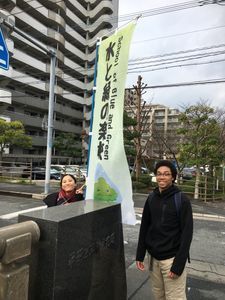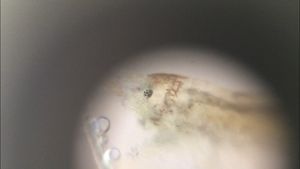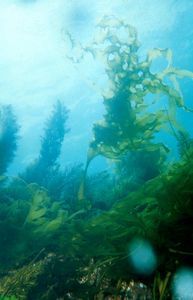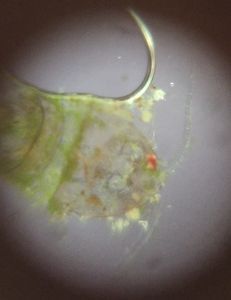Getting to know my (plant) neighbors Episode 1 – Camellia japonica 椿
 Apr 30, 2018 • 1:54 AM UTC
Apr 30, 2018 • 1:54 AM UTC Unknown Location
Unknown Location 140x Magnification
140x Magnification Microorganisms
Microorganisms
Honomi
Learn about the author...
15posts
20comments
1locations
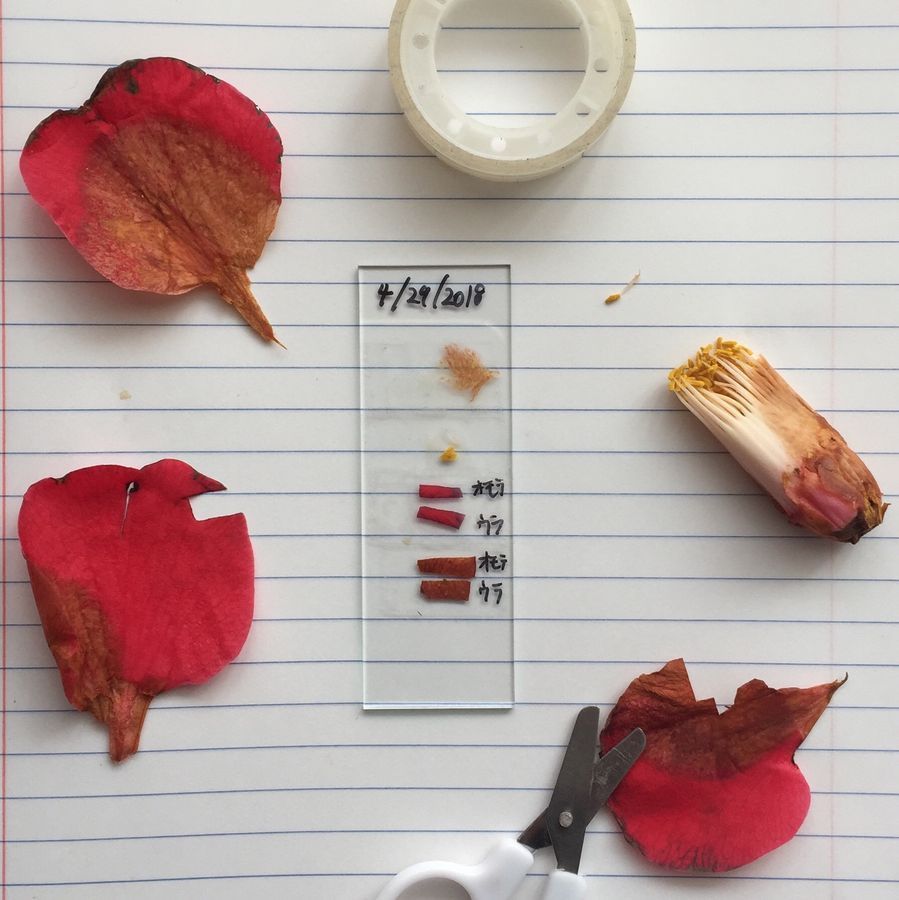
Hi Foldscopers!
フォールドスコープ探検隊の皆さんこんにちは!
I went for a very long walk with a mission, follow a river from the upper watershed all the way down to the mouth.
休日の散歩に、近くを流れる川に沿って上流から河口まで散策しました。
フォールドスコープ探検隊の皆さんこんにちは!
I went for a very long walk with a mission, follow a river from the upper watershed all the way down to the mouth.
休日の散歩に、近くを流れる川に沿って上流から河口まで散策しました。
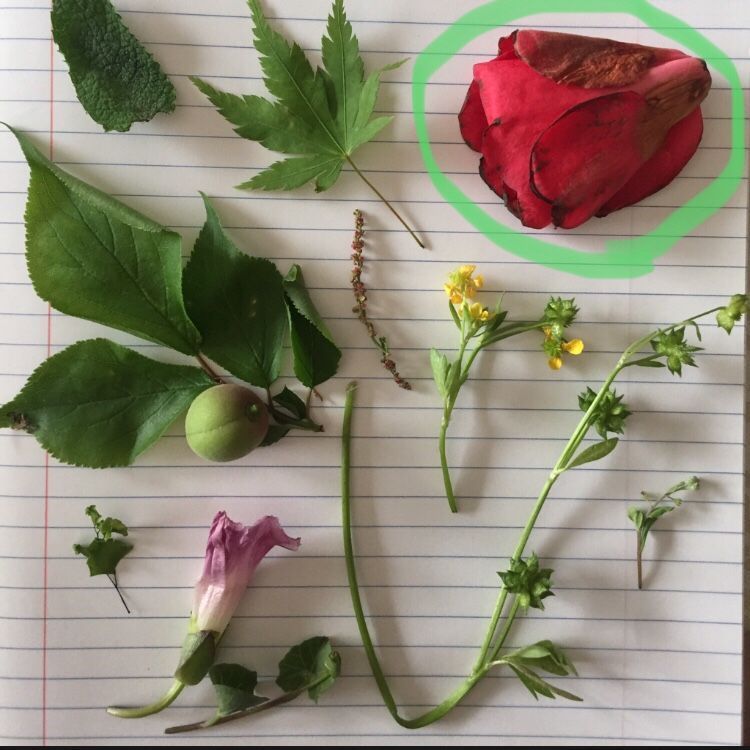
Along the way, I found many kinds of plants, both wild and cultivated. I consider them my neighbors, and I’d like to introduce them to you! And if you know more about them (e.g. scientific name, plant anatomy, etc) please comment down below!
川沿いを歩いていると、たくさんの草花に出会います。草花も私のご近所さんです。この可愛らしいご近所さん達をシリーズでご紹介したいと思います!それぞれの草花についてもっと詳しい情報をお持ちの方は、ぜひコメント欄でシェアしてください。
In this post, I’m going to focus on this flower, Camellia japonica.
今回は、道端に落ちていたこの椿の花のご紹介です。
川沿いを歩いていると、たくさんの草花に出会います。草花も私のご近所さんです。この可愛らしいご近所さん達をシリーズでご紹介したいと思います!それぞれの草花についてもっと詳しい情報をお持ちの方は、ぜひコメント欄でシェアしてください。
In this post, I’m going to focus on this flower, Camellia japonica.
今回は、道端に落ちていたこの椿の花のご紹介です。
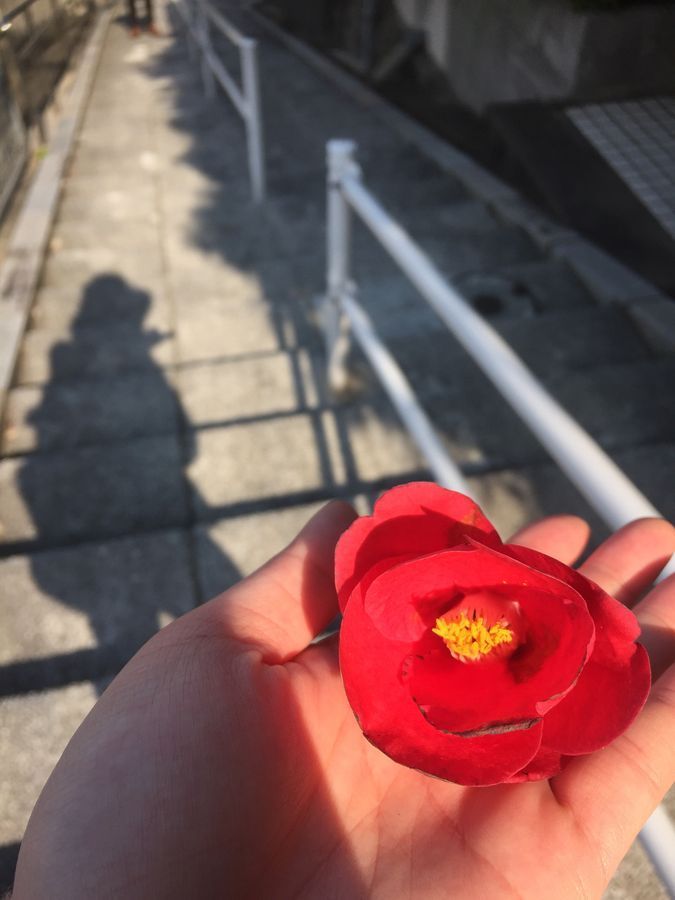
First, I separated the petals carefully…
まずは、花弁を一枚ずつ丁寧にわけます。
まずは、花弁を一枚ずつ丁寧にわけます。
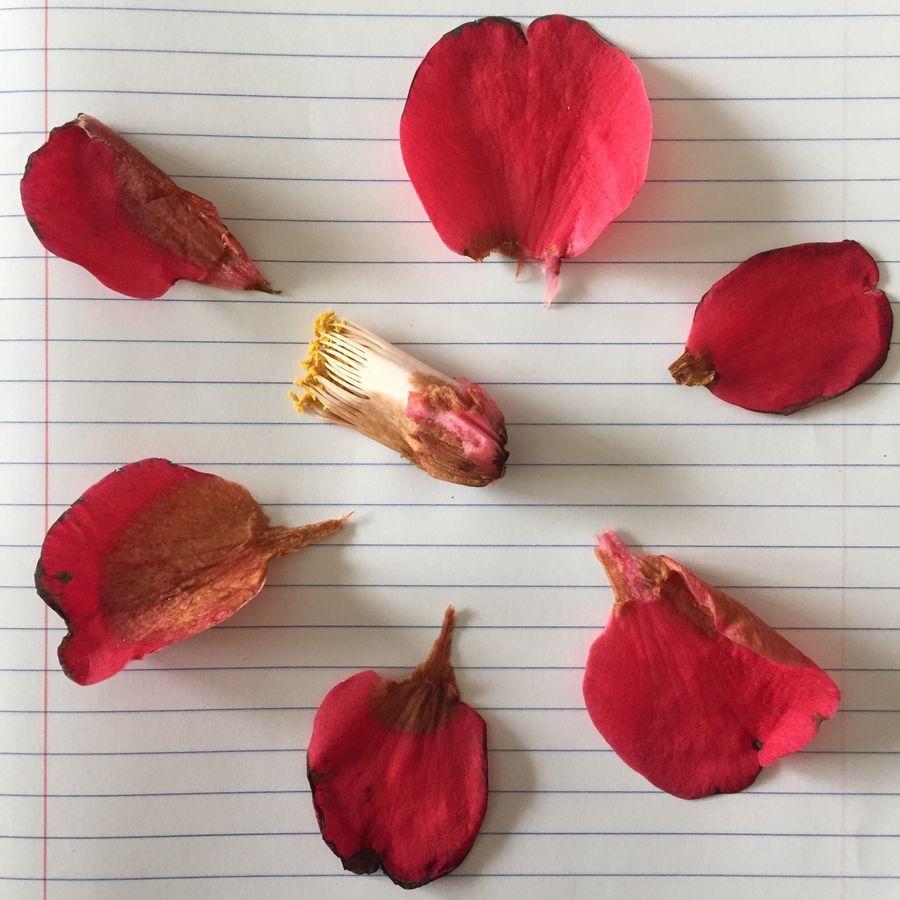
Then I made a sample slide featuring : disintegrating part of petal, pollens, anther, filament, healthy petal, and dried petal (from to to bottom)
そして、プレパラートの準備。
グラススライドの上から順に、花弁の枯れ始めた部分、花粉、葯(おしべの先端にある花粉が入っている袋)、花糸(おしべの葯を支える糸状の部分)、花弁、枯れて乾いた花弁
そして、プレパラートの準備。
グラススライドの上から順に、花弁の枯れ始めた部分、花粉、葯(おしべの先端にある花粉が入っている袋)、花糸(おしべの葯を支える糸状の部分)、花弁、枯れて乾いた花弁

disintegrating part of the petal
花弁の枯れ始めた部分
花弁の枯れ始めた部分
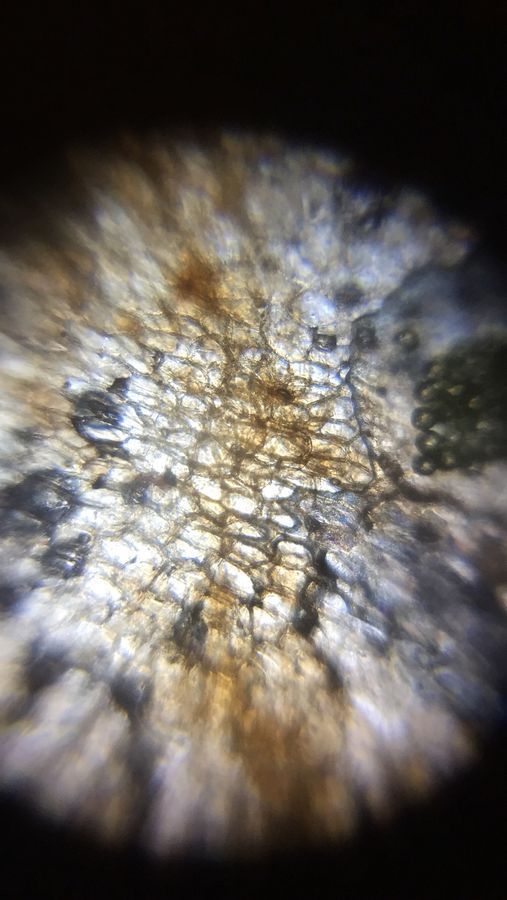
pollens
花粉
花粉
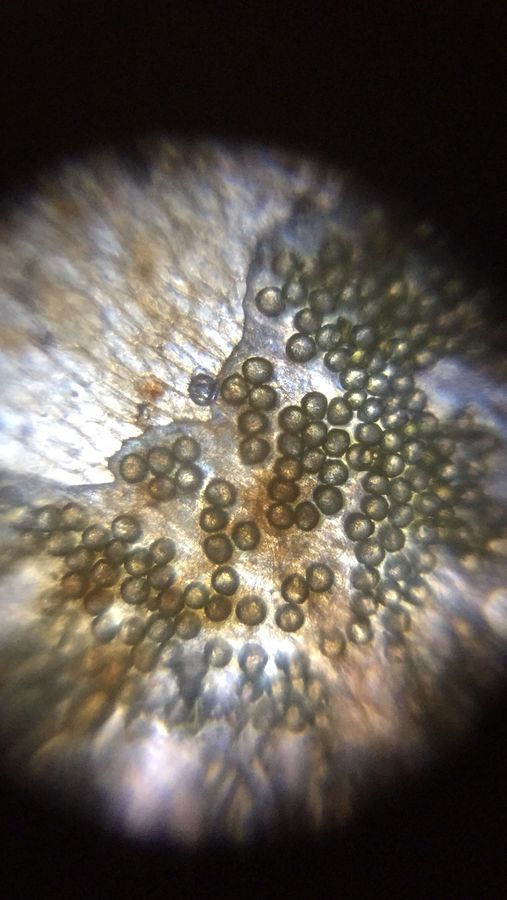
anther (a tiny yellow bag where pollens are stored inside)
葯(おしべの先端にある花粉が入っている袋)
葯(おしべの先端にある花粉が入っている袋)
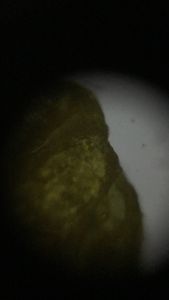
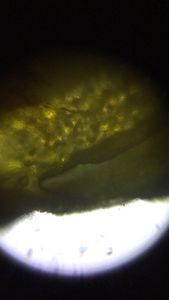
filament (a white, thread like structure that support anthers)
花糸(おしべの葯を支える糸状の部分)
花糸(おしべの葯を支える糸状の部分)

healthy petal
花弁
花弁


dried petal
枯れて乾いた花弁
枯れて乾いた花弁
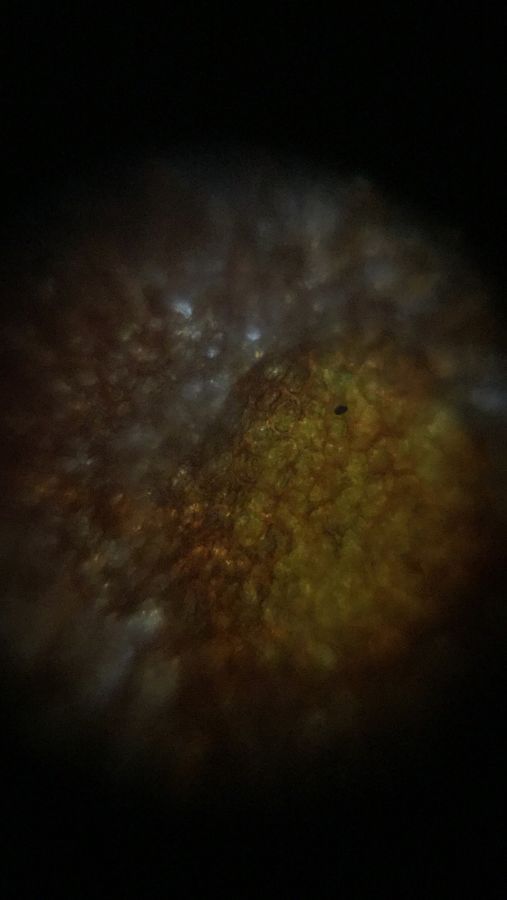
That’s all for now! Thanks for reading. Next up, yellow flower plant!
今日は以上です!ここまで読んでもらえて嬉しいです。次回は、黄色のお花をつけた野草をご紹介します。
Honomi
今日は以上です!ここまで読んでもらえて嬉しいです。次回は、黄色のお花をつけた野草をご紹介します。
Honomi
Sign in to commentNobody has commented yet... Share your thoughts with the author and start the discussion!

 0 Applause
0 Applause 0 Comments
0 Comments